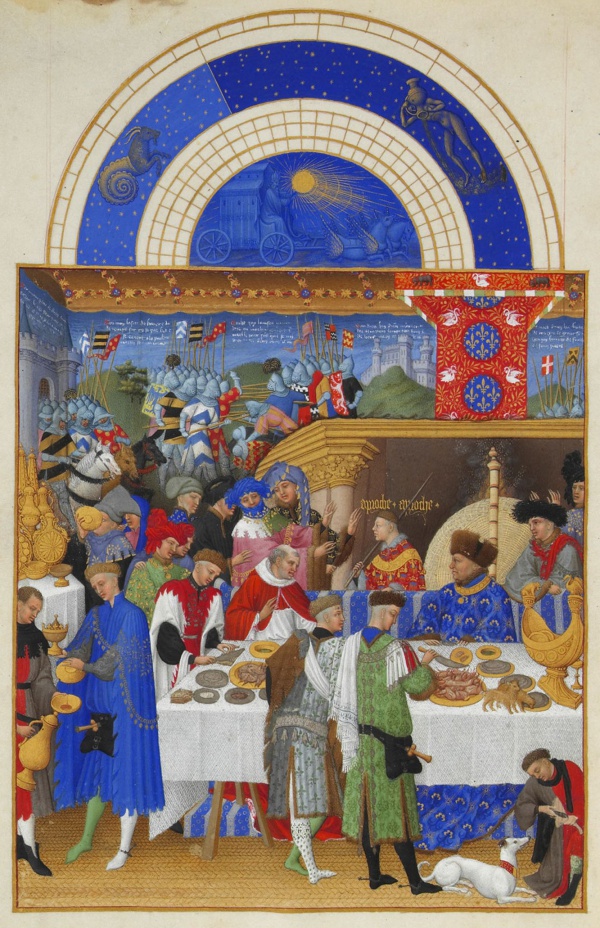Facts About Très Riches Heures du Duc de Berry
The Très Riches Heures du Duc de Berry, often simply referred to as the Très Riches Heures, is a remarkable example of manuscript illumination from the late International Gothic period. Created between 1412 and 1416 for John, Duke of Berry, it was the work of the talented Limbourg brothers. This exquisite book of hours is filled with prayers intended to be recited at specific times of the day.
Tragically, the manuscript was left unfinished in 1416 when both the artists and their patron succumbed to the plague. It was not until the 1440s that an anonymous painter, widely believed to be Barthélemy d'Eyck, resumed the work. Finally, Jean Colombe completed the manuscript between 1485 and 1489.
Today, the Très Riches Heures is preserved at the Musée Condé in Chantilly, France. It comprises 206 parchment leaves, featuring 66 large miniatures and 65 smaller ones. The manuscript is renowned for its elaborate and luxurious design, crafted with expensive materials such as gold and rare pigments by various artists, predominantly from the Low Countries. Due to its lavishness, it is considered one of the most opulent illuminated manuscripts of the late medieval period.
For approximately three centuries, the Très Riches Heures remained relatively unknown. However, it gained widespread recognition in the 19th and 20th centuries. The miniatures from this manuscript have significantly influenced the popular image of the Middle Ages and have often been used for political and nationalistic purposes.
The book's historical context, its connection to the Duke of Berry, and its journey through various owners over the centuries, are compelling subjects of study. The artists, including the Limbourg brothers, Jean Colombe, and the enigmatic "intermediate painter" have been meticulously analyzed, with experts attributing specific calendar miniatures to different artists.
The Très Riches Heures was not merely a beautiful book; it served as a devotional text for private prayer. The manuscript's technical aspects, such as the quality of the vellum and the illustration techniques, are meticulously detailed. It includes a calendar, various prayers, and numerous miniatures.
Stylistically, the manuscript is groundbreaking. The artists employed innovative techniques such as realistic light and reflections, naturalistic representations, and classical influences, making the artwork truly unique.

 Spain
Spain